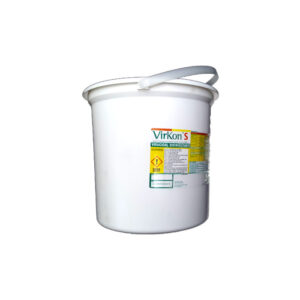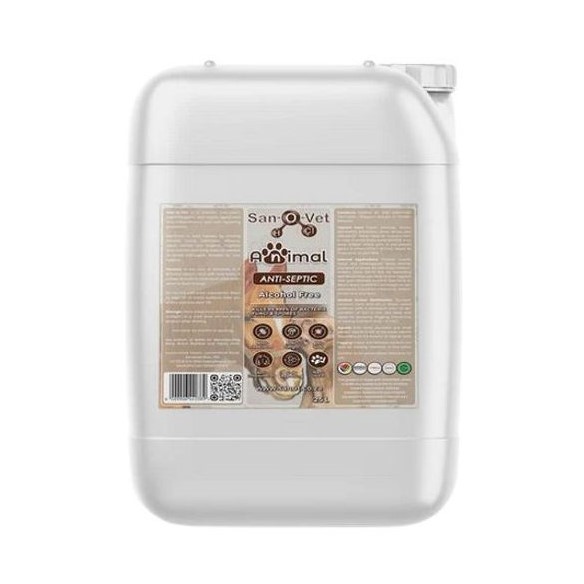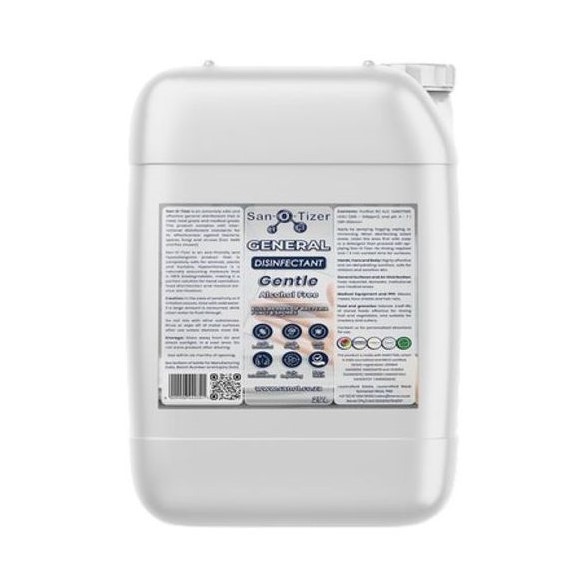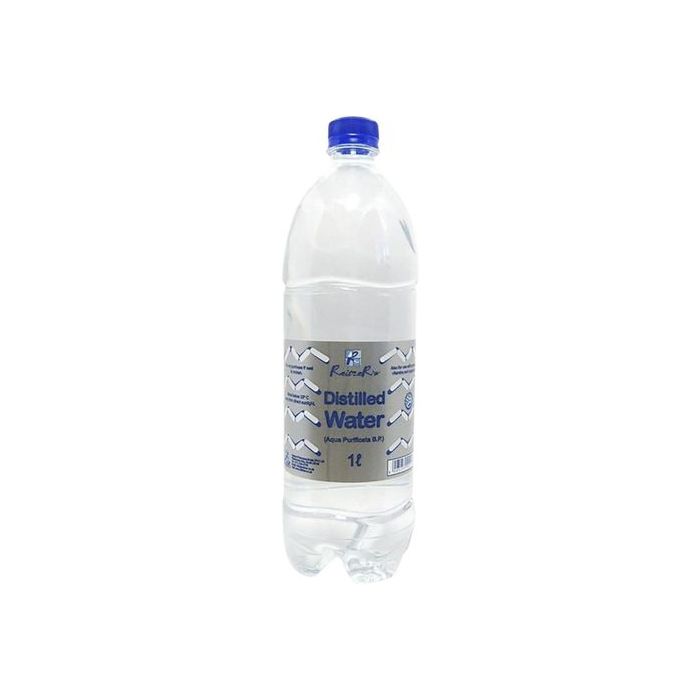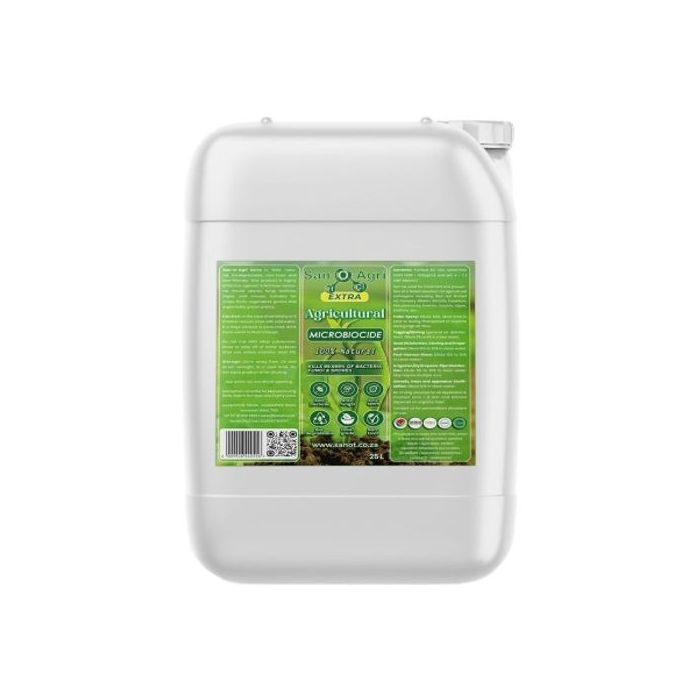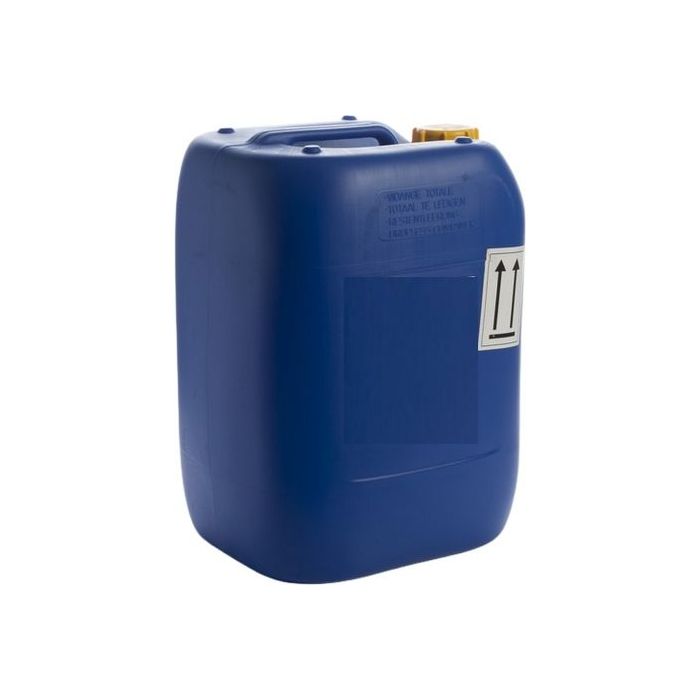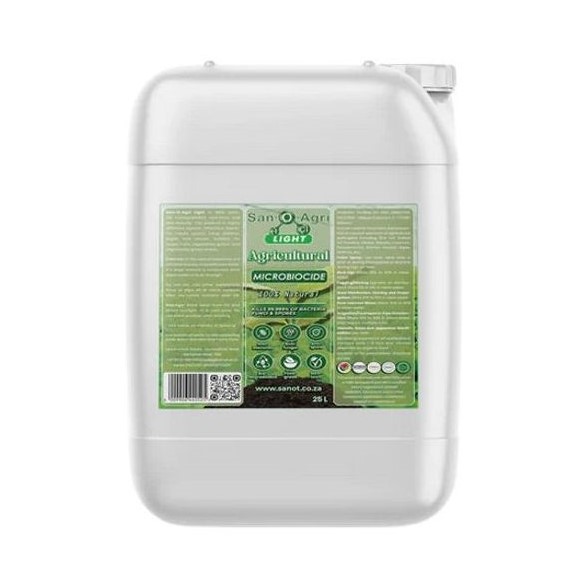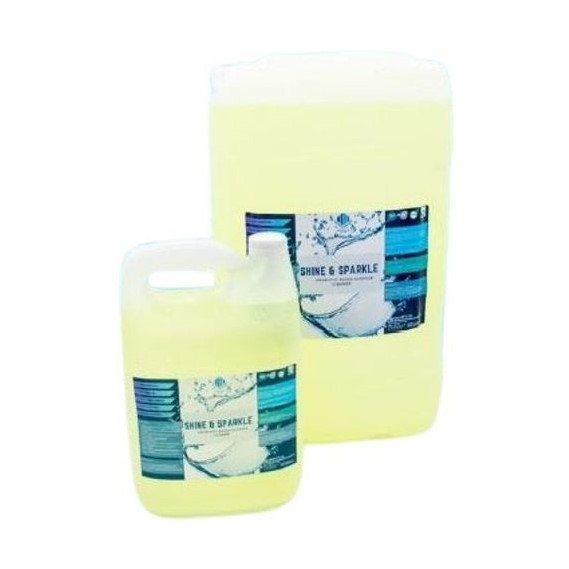Effervess Tabs 200pk
R3,350.00 Excl. VAT
Effervess tabs are specifically formulated to release chlorine as the active ingredient HOCL (Hypochlorous Acid) at the correct pH levels (4-7), cleanly and steadily for reduce build up of BIOFILM, BACTERIA, YEAST, MOULDS and VIRUSES on surfaces, equipment and in vessels. Usually in stock.
- Description
- Additional information
- Dosage and application table
Description
EFFERVESS TABS
Effervescent fast release chlorine tablets. See the above tab, “Dosage and Application Table” for usage guidelines for these Sodium dichloroisocyanurate (NaDCC) tablets.
Effervess tabs are specifically formulated to release chlorine as the active ingredient HOCL (Hypochlorous Acid). Reduces build up of biofilms, bacteria, yeast, moulds and viruseson surfaces, equipment and in vessels.
Targeted compounds:
- Water born pathogens, gram positive and gram negative bacteria, viruses, moulds, yeast, biofilms, algae and other.
Advantages of Effervess Tabs
- Easy to use: 4g in 5000l achieves biofilm reduction in pipes and tanks (demand of chlorine dependent an many factors). Start at 1 tab and add more as required.
- Tablets can be broken up for smaller doses
- Destroys hydrogen sulfide and removes ammonia and other compounds that have unpleasant tastes and impede disinfection.
- Also used on rinsing food such as meats, fresh produce and food contact surfaces, disinfecting floors and other chlorine required alternatives
- Assists in shelf-life enhancement of meats, fruits, vegetables and citrus.
Effervess tabs are effervescent disinfectant tablets designed to release hypochlorous acid (HOCl) as the active ingredient when dissolved in water. HOCl is a highly effective disinfectant known for its broad-spectrum antimicrobial properties, capable of killing bacteria, viruses, fungi, and spores.
Key Features of Effervess Tabs:
- Chlorine Release: The tablets generate free available chlorine (FAC), primarily in the form of hypochlorous acid (HOCl), which is the most effective chlorine species for disinfection.
- pH-Dependent Efficacy: HOCl is most effective at a pH of 5–7. At higher pH levels, a greater proportion of chlorine exists as hypochlorite ion (HOCl⁻), which is less effective as a disinfectant.
- Effervescent Action: The fizzing effect helps dissolve the tablet quickly and distribute the disinfectant evenly in the solution.
- Broad-Spectrum Disinfection: Effective against bacteria (e.g., E. coli, Staphylococcus), viruses (e.g., norovirus, coronavirus), fungi, and spores.
- Stability & Convenience: Compared to liquid bleach, the tablet form provides better storage stability, precise dosing, and easier handling.
Common Uses of Effervess Tabs
- Healthcare Facilities: Used for disinfecting surfaces, medical instruments, and hospital environments.
- Food Industry: Used for sanitizing food preparation areas, utensils, and equipment.
- Drinking Water Treatment: Can be used for emergency water purification.
- General Cleaning: Effective for household and industrial sanitation.
How to Use Effervess Tabs
Effervess tablets are simple to use and offer precise dosing. The exact amount depends on the intended use:
General Guidelines:
-
Dissolve in Water:
- Drop the required number of tablets into a specific volume of water.
- Allow the tablets to fully dissolve (usually within a few minutes).
- The effervescence ensures even distribution of hypochlorous acid (HOCl).
-
Application:
- Apply the solution using a cloth, mop, or spray bottle.
- Surfaces should remain wet for the recommended contact time (varies depending on pathogens targeted).
- Rinse if necessary, especially for food contact surfaces.
Typical Concentrations:
- Surface Disinfection (Hospitals, Kitchens, etc.): ~100–500 ppm available chlorine
- High-Level Disinfection (Medical Instruments, Biohazards): ~1,000–5,000 ppm
- Drinking Water Purification: ~1–2 ppm (safe for consumption at low doses)
Safety Considerations
-
Avoid Mixing with Other Chemicals:
- Do not mix with acids or ammonia, as this can produce toxic chlorine gas.
- Avoid using with strong oxidizers unless directed.
-
Handling Precautions:
- Store in a cool, dry place, away from moisture.
- Wear gloves if handling concentrated solutions.
- Use in well-ventilated areas to avoid inhaling fumes.
-
Shelf Life & Storage:
- Tablets are more stable than liquid bleach and maintain potency over time.
- Once dissolved, the chlorine solution should be used within 24 hours for maximum effectiveness.
Effectiveness Compared to Other Disinfectants
| Disinfectant | Active Ingredient | Spectrum of Action | Stability | Environmental Impact |
|---|---|---|---|---|
| Effervess Tabs | Hypochlorous Acid (HOCl) | Broad-spectrum (bacteria, viruses, fungi, spores) | Stable in tablet form | Biodegradable, non-toxic at low doses |
| Liquid Bleach | Sodium Hypochlorite (NaOCl) | Effective but less potent than HOCl | Degrades over time | Can release toxic byproducts |
| Alcohol-Based Disinfectants | Ethanol/Isopropanol | Effective on bacteria & viruses but not spores | Evaporates quickly | Non-toxic but flammable |
| Hydrogen Peroxide | H₂O₂ | Effective but unstable in light/heat | Decomposes into water & oxygen | Eco-friendly |
Key Advantage of HOCl (Effervess Tabs):
- HOCl is 80–100 times more effective than hypochlorite (bleach) at the same concentration.
- Works rapidly against a broad range of microbes.
- Non-corrosive, safer on surfaces than bleach.
Effectiveness Against Different Microorganisms
| Microorganism Type | Examples | HOCl Kill Time | Concentration (ppm) | Mode of Action |
|---|---|---|---|---|
| Bacteria | E. coli, Salmonella, Staphylococcus aureus, Pseudomonas aeruginosa | <30 sec – 2 min | 50–200 ppm | Disrupts membrane, denatures proteins |
| Viruses | Influenza, Norovirus, Rotavirus, Coronavirus (SARS-CoV-2), Adenovirus | <30 sec – 1 min | 50–200 ppm | Denatures viral proteins, disrupts lipid envelope |
| Fungi & Mold | Candida albicans, Aspergillus niger | 2–5 min | 200–500 ppm | Destroys cell walls, inhibits spore germination |
| Bacterial Spores | Clostridium difficile, Bacillus anthracis | 5–10 min | 1,000–5,000 ppm | Breaks down spore coats, oxidizes DNA |
| Biofilms | Pseudomonas, Staphylococcus biofilms | 10–30 min | 500–2,000 ppm | Penetrates biofilm matrix, disrupts cell signaling |
Why HOCl is More Effective Than Bleach (NaOCl)
- Neutral Charge: Unlike hypochlorite ions (OCl⁻), HOCl is neutral and easily penetrates microbial cell walls.
- Faster Kill Time: HOCl disrupts proteins and DNA in seconds, while bleach may take minutes.
- Lower Concentration Needed: HOCl is potent at lower concentrations than bleach, reducing toxicity and environmental impact.
- Non-Irritating & Non-Corrosive: Unlike bleach, HOCl is safe for skin, eyes, and most surfaces.
Scientific Studies Supporting HOCl’s Efficacy
- Against Viruses (SARS-CoV-2 & Norovirus):
- Studies show 99.99% viral reduction within 30 seconds at 50–200 ppm HOCl.
- Works against enveloped and non-enveloped viruses.
- Against Resistant Bacteria (MRSA, C. difficile Spores):
- HOCl kills MRSA (Methicillin-resistant Staphylococcus aureus) within 1 min.
- At higher concentrations (1,000+ ppm), HOCl eliminates Clostridium difficile spores, which are highly resistant to standard disinfectants.
- Biofilm Penetration:
- HOCl can break down bacterial biofilms (e.g., Pseudomonas aeruginosa), which bleach struggles to penetrate.
Comparison of HOCl vs. Other Disinfectants
| Disinfectant | Effectiveness Against Viruses | Effectiveness Against Bacteria & Spores | Biofilm Penetration | Safety |
|---|---|---|---|---|
| HOCl (Effervess Tabs) | High (kills in seconds to minutes) | High (kills bacteria & spores in 1–10 min) | Yes | Non-toxic, non-irritating |
| Bleach (NaOCl) | Moderate (kills in minutes) | Moderate (high doses needed for spores) | Weak | Corrosive, irritates skin & lungs |
| Alcohol (Ethanol, IPA) | High (fast-acting, but ineffective against non-enveloped viruses) | Weak (ineffective against spores) | No | Flammable, evaporates quickly |
| Hydrogen Peroxide (H₂O₂) | High (kills in 1–5 min) | Moderate-High (but unstable) | Moderate | Can be irritating, breaks down in light |
Conclusion: Why Use Effervess Tabs (HOCl)?
✅ Rapid action against a wide range of microbes
✅ Safer alternative to bleach (non-irritating, non-corrosive)
✅ Effective at lower concentrations (reducing chemical exposure)
✅ Breaks down biofilms (useful in hospitals, food processing, and water treatment)
✅ Stable in tablet form (long shelf life, dissolves when needed)
Additional information
| Weight | 1.5 kg |
|---|---|
| Dimensions | 30 × 30 × 30 cm |
Dosage and application
This is a guideline for 4 gram tablet usage based on 60% active ingredient. The product has a wide safety margin, so the guideline is generally quite safe.
| NaDCC (sodium dichloroisocyanurate) Treatment use | Concentration estimate (parts per million) | Tablet, 4 gram | Application |
| Biofilm reduction in tanks and pipelines | 5 | 1 to 10 tablets in 5000 liters | treatment, depends on organic demand, iron and other metals, pH |
| Vegetables/ Salad |
22 | 1 Tablet in 100L |
Wash Salad/ Vegetables |
| Dishcloths, Mops |
53 | 1Ttablet in 40L |
Soak to bleach clean |
| Infant Bottles/ Teats |
111 | 1 Tablet in 20L |
Soak for 30 mins |
| Food Prep Surfaces |
177 | 1 Tablet in 12L |
Soak for 3 mins |
| WC’s, Drains, Sinks |
355 | 1 Tablet in 6L |
Pour in quiet periods |
| Stainless Steel Instruments |
533 | 1 Tablet in 4L |
Immerse for 1 hour |
| General Disinfection |
888 | 1 Tablet in 2.5L |
Mo or wipes on hard & sealed surfaces |
| Laboratory Discard Jars |
2222 | 5 Tablets in 5L |
Soak overnight |
| Bodily Fluids Disinfection |
8888 | 5 Tablets in 1.2L |
2 mins contact time |


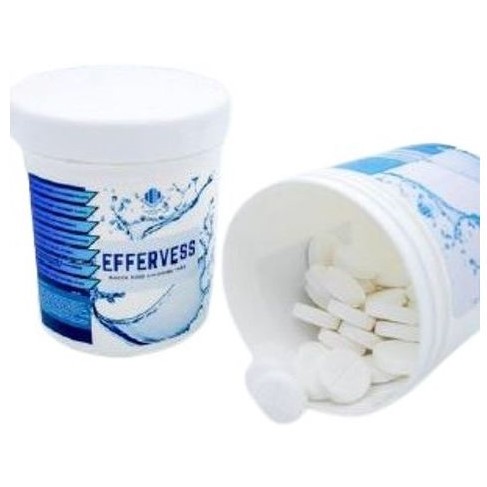
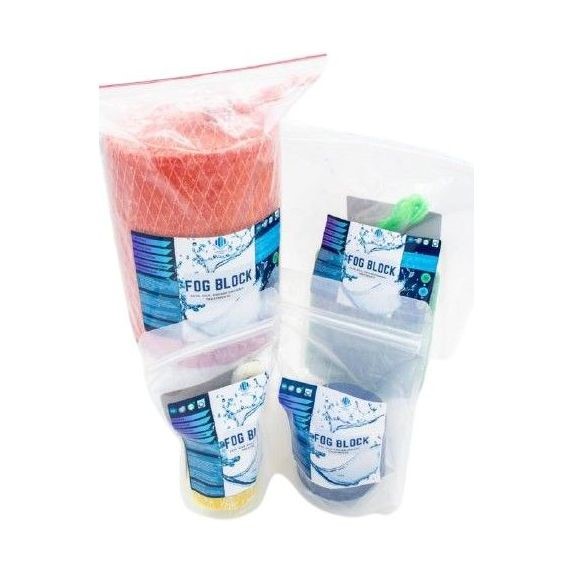
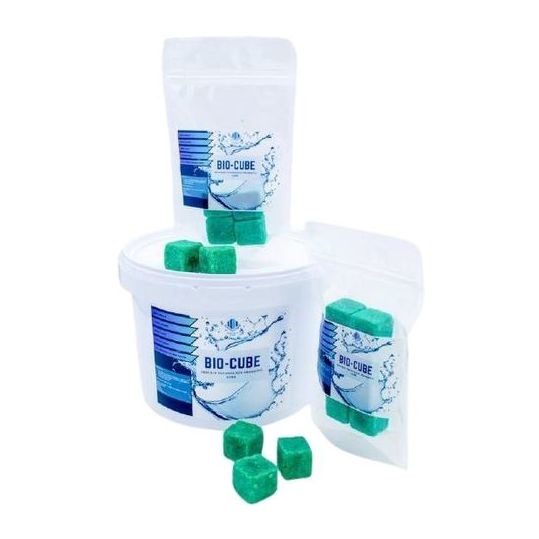
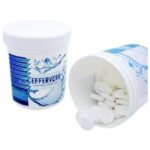
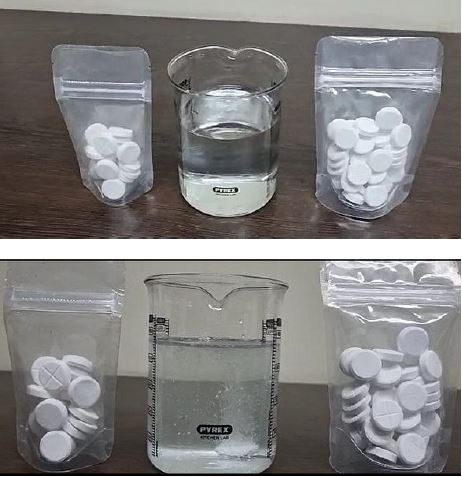 Applications:
Applications: